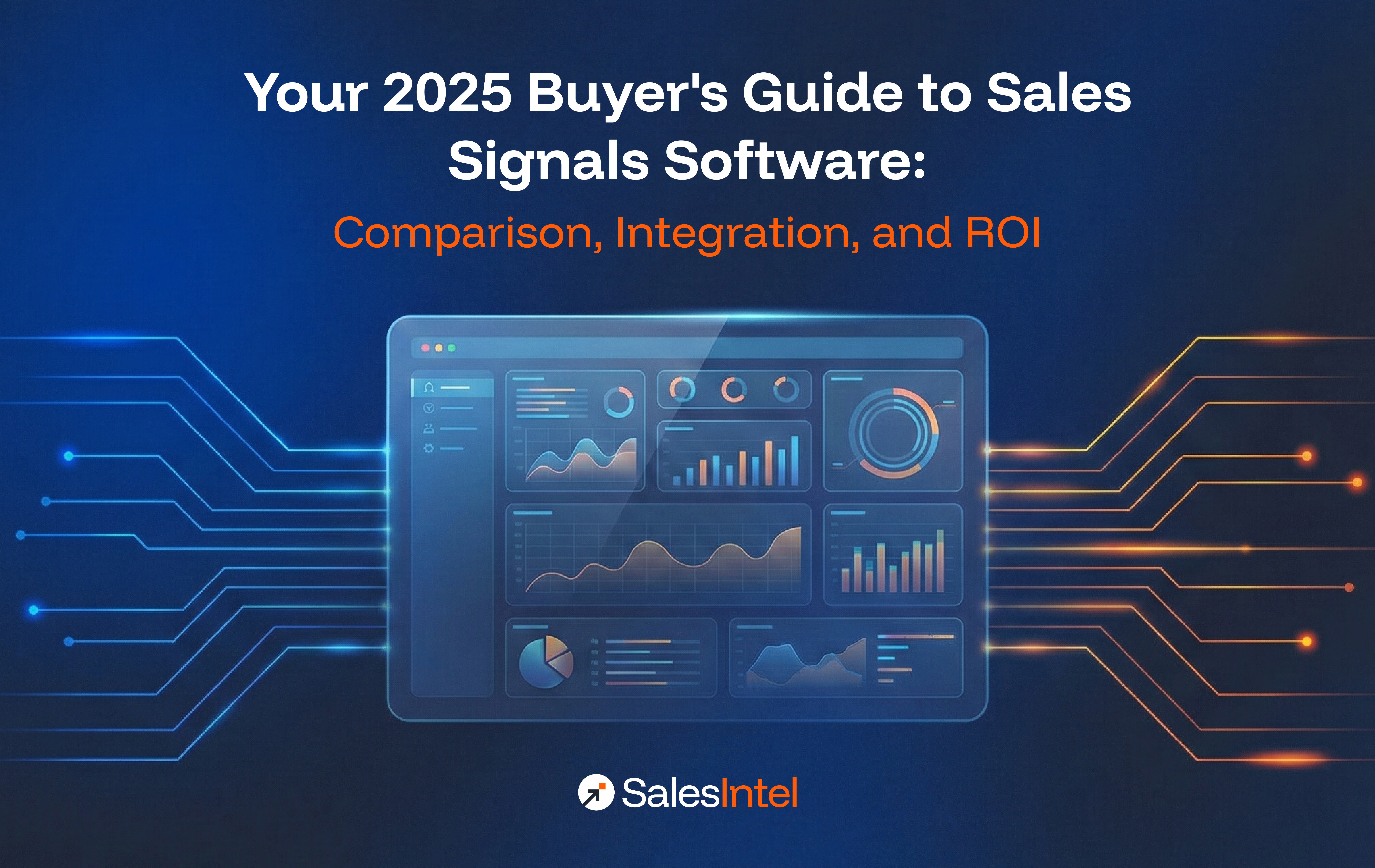When it comes to cold e-mail campaigns, salespeople everywhere have found themselves wondering: Does anyone really read these? After all, how often do you open the cold e-mails that pop up in your own inbox?
The good news is that there’s still hope for the email campaign strategy. While average open rates vary by industry, they typically fall somewhere between 15% and 29%. That means cold emails still garner significant attention. The bad news is, the average e-mail response rate is 1%. Plenty of people are reading your cold emails, but only one in a hundred of them will actually reply.
There’s no magic bullet for improving your response rate. However, there are some phrases and shifts in language you can utilize so that the recipient will be more inclined to actually respond.
“Your Sales Process”
Sales executives at LeadGenius evaluated email campaigns in which they experimented with changing subject lines and wording. Their emails that included the phrase “your sales process” averaged an open rate of 37.5%, and a reply rate of 4.2%. That number may seem small, but a reply rate equal to the click rate means those are still pretty good odds.
The beauty of this phrasing lies in the use of personal pronouns, as well as the acknowledgment that sales is a process. “Your” indicates a level of personalization that recognizes the reader is a unique entity, while “sales process” affirms that you understand each company has their own process that needs to be respected.
Include their Name
This goes for both company name and the individual person’s name. This can seem like a herculean task if you’re used to using an identical template for emails in a blast group, but most email platforms allow you to add merge tags for name and company fields.
In the LeadGenius study, personalization by using the name of the company resulted in an open rate of 61.1%, and an impressive reply rate at 9.7%. The automation experts at Woodpecker also analyzed their e-mail campaigns and found that adding personalized fields, even if it was “Hello Amy” instead of just “Hello,” more than doubled reply rates.
Additionally, personalization increases the deliverability of your cold emails. If several emails from the same IP address look exactly the same, they’re more likely to be marked as spam. Adding a personal touch makes each email copy unique so that it won’t draw the attention of spam filters.
Mention a Mutual
LeadGenius discovered that the admission of “I found you through [contact name]” was one of the most successful cold e-mail phrases. Those type of e-mails astounded them with an open rate of 86.6%, followed by a reply rate of 26.1%.
Mention of a mutual contact “lends automatic credibility to the sender by leveraging an existing connection by name.” It proves that you put some serious effort into relating and listening to your current clients and that you’re intentional about establishing new and valuable connections.
Didn’t find said prospect through a connection? Steli Efti at Close.io assures you don’t have to lie about it. You can also gain a similar sense of credibility by briefly mentioning a case study or a story of how you have helped a client that the prospect would be familiar with, “a company that they know, like, and trust.”
Let Your Research Show
If you’re going to personalize your cold emails (which you should,) then you need to reference where you got that information from. Give your sources their due credit. If you can’t explain yourself by mentioning a mutual, there are still plenty of ways to prove that you’ve done your homework.
For example, LinkedIn has become a valuable resource for many professionals searching for relevant contacts. If you find a prospect via a network such as LinkedIn, it’s to your advantage to mention it. This is another one of those phrases that can’t be taken care of by a template, but well worth the addition to your usual spiel. LeadGenius reported a 9.7% reply rate for such emails.
“Follow-Up”
Many experts will testify that a cold email isn’t complete without some kind of call to action. This is referred to by many different names, but the concept is the same. A prospect won’t reply to you if they don’t have good reason to, and in most cases, you are in the position to provide some kind of impetus for a response.
HubSpot recommends ending with a question, whether its “Do you have any questions,” or “are you available to meet at [time] on [date]?” This is the most common and obvious way to indicate you anticipate a response.
The goal is to specifically communicate intentions to follow-up. The simple use of terms like “follow-up,” “potential meeting,” or even “looking forward to your response” catch the eye of the reader, because those are the points at which emails could turn into live encounters that require preparation and more active participation on their part.
There’s also no shame in sending follow-up emails. Woodpecker discovered in their research that a sequence of 4-7 emails was the optimum number for increasing reply rates, as long as the sequence was carefully executed and not simply a flood of messages over a short time.
Keep on Emailing
You may be afraid that no one is paying attention to your cold e-mails, but more of them are opened than you realize. And there are simple ways to increase your chances of turning those readers into actual contacts and clients. Personalize adequately, show you know your stuff, credit your sources, and call prospects to action. Don’t just email–give an incentive to hit that reply button so that communication flows smoothly.




